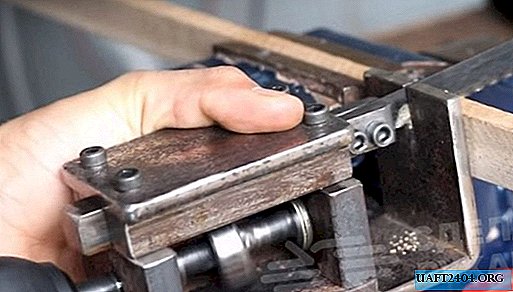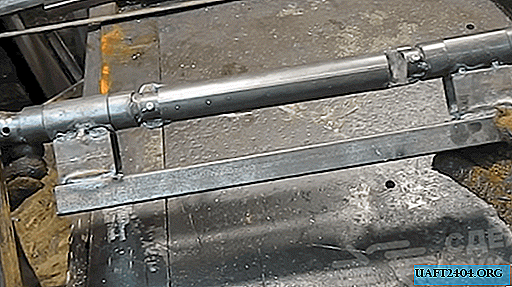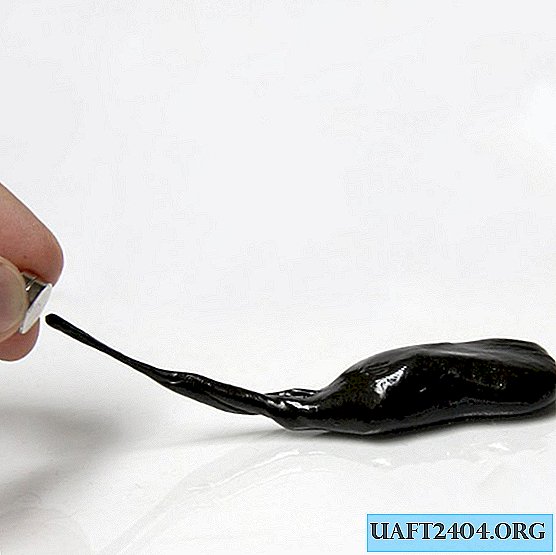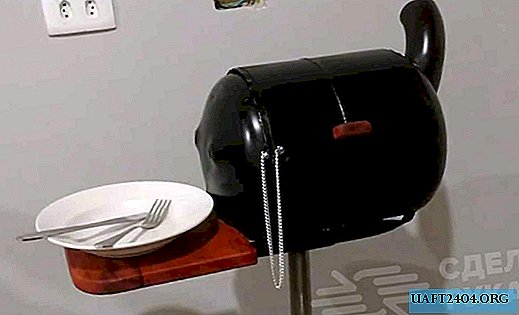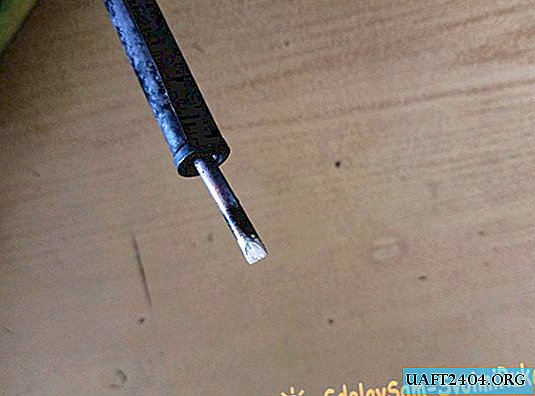Share
Pin
Tweet
Send
Share
Send
- - Recharge.
- - Too long been in a discharged state.
- - Exposed to too high temperatures.
- - Temporary effect.
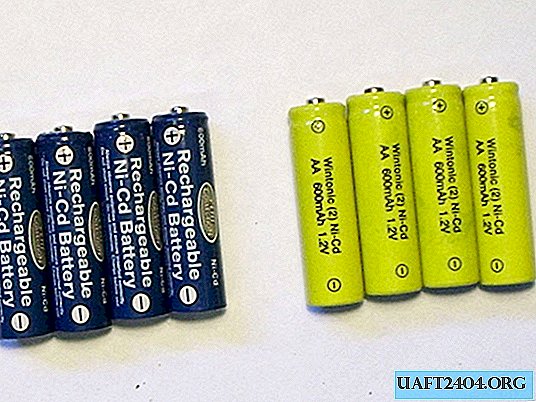
But everything is not so scary. And at least half of all the battery can be brought back to life and made to work again. To do this, you can assemble the recovery installation from the old camera. It just has a high-voltage generator with a storage capacitor. The bottom line is to “punch” the battery with a very high current pulse, which “stirs up” the internal processes and forces the battery to take and give its charge again.
Will need
- ni-cd batteries.
- Old film camera with a working flash
- Wires
- Switch.
- Button.
- Battery holder.

The process of creating a device for the restoration of ni-cd batteries
Disassemble the camera, remove the cover.

The board is separated from the case. We solder previously tinned wires to the button that starts the flash.

And then further we solder these wires to the switch.

This switch will be needed in the future to completely discharge the internal capacitor flash.
We also solder the wires to the output of the storage capacitor. Before this procedure, be sure to make sure there is no charge on it - shorten it with a screwdriver for example.

Next, these wires are soldered in series with the button and holder for the battery. Plus from the capacitor - to the plus of the battery.

Recovery process itself
So, we insert the batteries for power into the board holder - the converter will be powered from them. And insert the ni-cd battery for recovery into the holder.

Then turn on the power of the board. Usually you hear the squeak of the transformer. You need to wait for the capacitor to fully charge (for this, most models have a special LED). Once everything is charged - press the button connecting the battery and capacitor circuit. You will hear a powerful click - this is normal. It even happens that the button contacts may stick.
You can repeat this procedure 1-3 times in a row and after that immediately put the battery in charge.
Conclusion
As I said, most of the almost dead batteries can be brought back to life. Be careful: the capacitor charges up to 300 V, which is definitely life-threatening.
Also, you should not use very thin wires, since the current at the peak can reach 1000 A, because there is practically a short circuit.
After all the procedures, close the flash switch and turn off the power to the entire board.
Original article in English
Share
Pin
Tweet
Send
Share
Send

